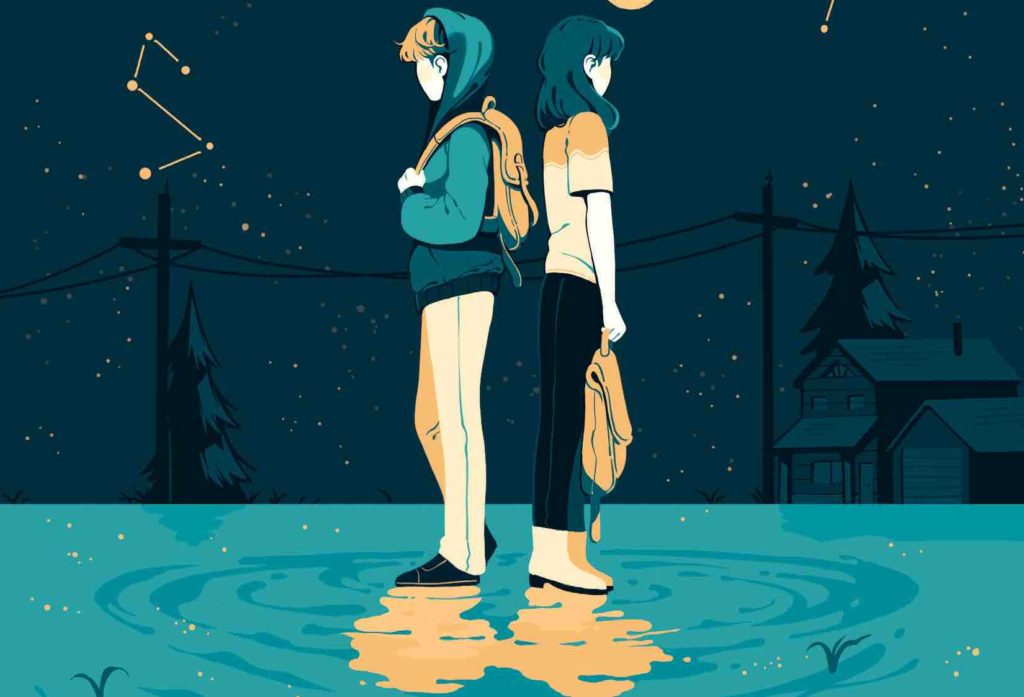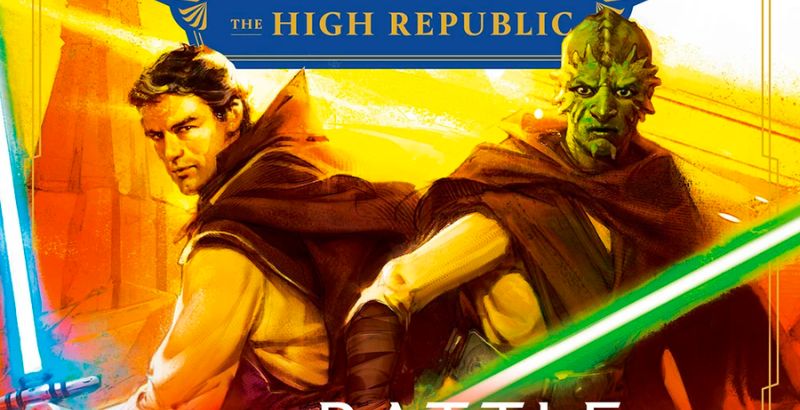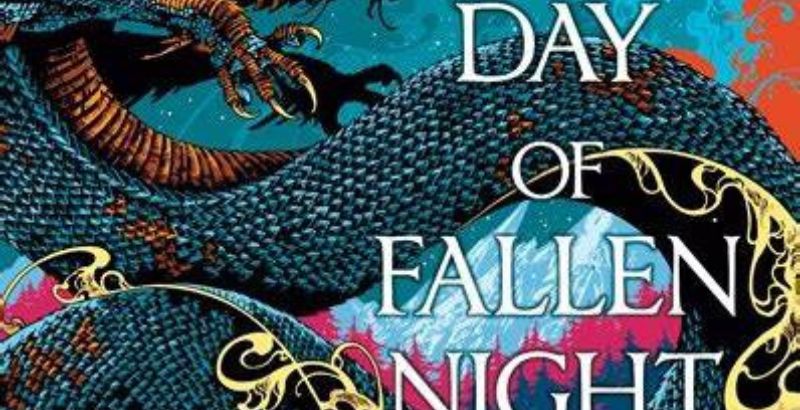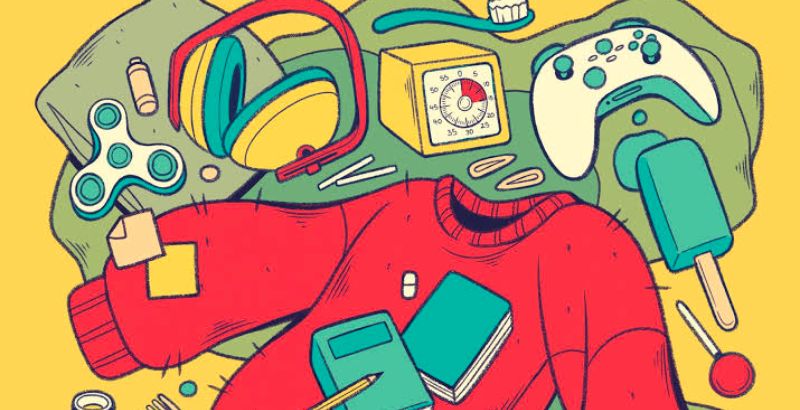
Under Shifting Stars by Alexandra Latos is published by Houghton Mifflin Harcourt. Told in alternating POV (point-of-view), Under Shifting Stars follows the lives of twins Audrey and Clare as they struggle with the recent death of their brother, their own identities, and their first loves. Under Shifting Stars has been selected as a Junior Library Guild Gold Standard book and appeared on Buzzfeed’s list of “31 LGBTQ YA Books to devour this summer.”
Clare and Audrey are fraternal twins who have grown distant since the untimely death of their older brother Adam. After being diagnosed as neurodivergent, Audrey attends an alternative school, but all she wants is to go to public high school and repair her shattered relationship with her twin. Like her twin, Clare is also trying to find her place in the world as she explores her gender identity, realizing she doesn’t always identify as a girl (even after coming out as genderfluid, Clare uses she/her pronouns).
Alternating POV can be difficult to pull off successfully if the characters don’t have distinct voices. But in Under Shifting Stars, Latos successfully makes Audrey and Clare distinct and recognizable, allowing her to fully explore the experiences of each twin as they tell the story from their perspectives.
At the start of Under Shifting Stars, Clare constructs her identity largely on her popularity, which is based on the way she presents as traditionally feminine. Her femininity, and by extension her popularity become a cage for Clare. Clare says of her experiences “… that girl downstairs, the one who yelled about wanting to be like every other teenage girl… she doesn’t really exist. She’s a role in the movie of my life.” Clare begins wearing Adam’s old clothes, realizing she feels much more comfortable expressing herself like that.
Audrey’s POV is jarring initially because she doesn’t use quotation marks. This takes a few chapters to acclimate to, but it fits with the unique way Audrey sees and interacts with the world. While reading, I interpreted Audrey as exhibiting symptoms of both autism and ADHD because I recognized some of my own symptoms in her character. However, Audrey never receives a specific diagnosis. It’s unclear if this is in order to keep her character more relatable to all neurodivergent people or if it’s to reflect the difficulties many people experience with receiving a diagnosis in real life.
Since Adam’s death after an accident on his way to pick up Audrey, the twins’ relationship has been strained. Clare blames Audrey for his death and resents all of the ways her parents seem to drop everything to make sure Audrey is okay, neglecting her in the process. But as Clare becomes more confident in her own identity, and Audrey does as well, they begin to reconcile with each other.
Latos writes on her blog that she based Clare and Audrey’s experiences partially on things she felt growing up. She describes feeling like she was unable to connect with other students, and how her gender identity has shifted during her lifetime. While Under Shifting Stars can’t be labeled an own voices book, it is clear that Latos did thorough research and made use of sensitivity readers.
Despite being marketed as a YA book, Under Shifting Stars has moments that can be meaningful, and relatable, to readers of all ages. Even as someone outside of the target age range, I enjoyed this story a lot both because of the well-written characters, and the lessons about learning to love oneself. Under Shifting Stars helped me remember that self-discovery doesn’t end with adolescence and that it’s okay to continue exploring my identity.
Under Shifting Stars will be available wherever books are sold on September 29, 2020.
Under Shifting Stars
TL;DR
Despite being marketed as a YA book, Under Shifting Stars has moments that can be meaningful, and relatable, to readers of all ages. Even as someone outside of the target age range, I enjoyed this story a lot both because of the well-written characters, and the lessons about learning to love oneself. Under Shifting Stars helped me remember that self-discovery doesn’t end with adolescence and that it’s okay to continue exploring my identity.








